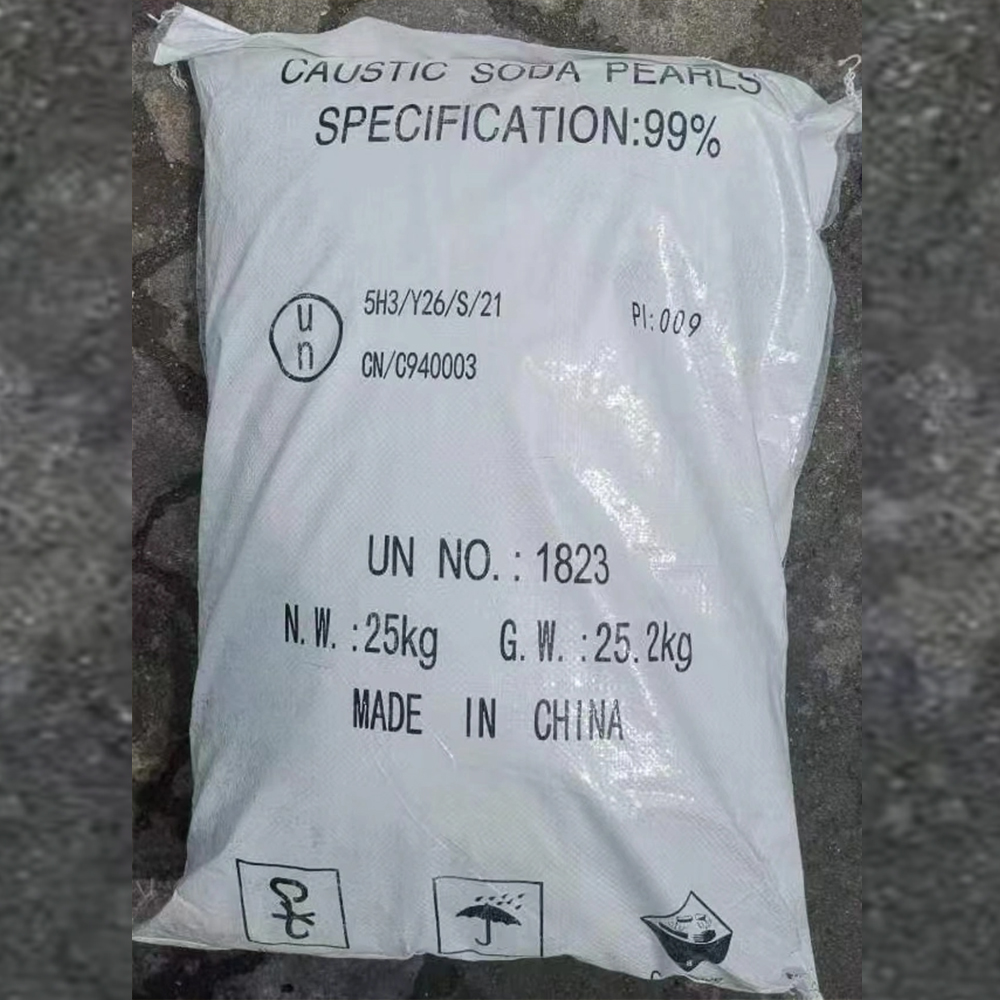



chemical to disinfect water
Chemical Disinfectants Ensuring Safe Drinking Water
Access to clean and safe drinking water is vital for public health, and chemical disinfectants play a crucial role in making water safe for consumption. In many parts of the world, untreated water sources can harbor pathogens that cause waterborne diseases such as cholera, dysentery, and typhoid fever. This article will explore the various chemical methods used to disinfect water, their effectiveness, and the considerations surrounding their use.
Understanding Water Disinfection
Water disinfection is the process of removing or inactivating harmful microorganisms from water. The primary goal is to prevent waterborne diseases and ensure safe drinking water. Various methods exist, but chemical disinfection remains one of the most common due to its efficacy and ease of use.
Common Chemical Disinfectants
1. Chlorine Chlorine is the most widely used disinfectant in water treatment. It is effective against bacteria, viruses, and some parasites. Chlorine works by penetrating the cell walls of microorganisms and disrupting their metabolic processes. It can be applied in different forms, including chlorine gas, liquid bleach, and solid tablets. The recommended concentration for chlorination in drinking water is typically around 2-4 mg/L. However, excessive chlorine can create harmful byproducts, such as trihalomethanes, which are linked to health risks.
2. Chloramines Chloramines are a combination of chlorine and ammonia. They are used as a secondary disinfectant to maintain water quality in distribution systems. Chloramines are less powerful than chlorine in terms of initial disinfection; however, they produce fewer disinfection byproducts and have a longer residual effect in the water system, making them suitable for long-distance water transport.
3. Ozone Ozone gas (O3) is a powerful oxidizer and a highly effective disinfectant. It is effective against a wide range of pathogens, including bacteria, viruses, and protozoa. Ozone is generated on-site and must be used immediately, as it decomposes rapidly. While ozone leaves no chemical residual in water, which is advantageous, it can be more cost-prohibitive than chlorine. Additionally, ozone should be handled with caution, as it is a strong respiratory irritant.
4. Hydrogen Peroxide Hydrogen peroxide (H2O2) is another oxidizing agent that can be used as a disinfectant. It is effective against bacteria, viruses, and some fungi. Hydrogen peroxide breaks down into water and oxygen, which means it contributes no residual chemicals to the treated water. However, its effectiveness can be limited at lower concentrations.
chemical to disinfect water

5. Ultraviolet (UV) Light While not a chemical, UV disinfection involves the use of UV light to kill or inactivate microorganisms. UV treatment requires electricity and does not provide residual disinfection. It is often used in conjunction with chemical methods to ensure comprehensive treatment.
Factors Influencing Disinfectant Selection
The choice of disinfectant depends on several factors, including
- Water Quality The presence of organic matter, turbidity, and microbial load can influence disinfectant efficacy. Some disinfectants may be less effective in highly turbid water.
- Cost The economic feasibility of using a particular disinfectant is an important factor. Chlorine tends to be the most cost-effective option for large-scale water treatment.
- Regulatory Standards Different regions have varying regulatory requirements and guidelines that dictate acceptable levels of disinfectant residuals and byproducts.
- Health Considerations While disinfectants serve to eliminate pathogens, it’s also essential to consider the potential risks associated with their use. Therefore, selecting the right disinfectant should balance the benefits of pathogen removal against the risks associated with chemical byproducts.
Conclusion
In conclusion, the use of chemical disinfectants in water treatment is crucial for ensuring safe drinking water and preventing waterborne diseases. Chlorine, chloramines, ozone, hydrogen peroxide, and UV light are all viable options depending on specific water quality needs and local regulations. It is important for communities and water treatment facilities to evaluate their unique circumstances and select the most appropriate disinfection method. By doing so, they help safeguard public health and provide access to clean and safe drinking water for all.
-
Why Sodium Persulfate Is Everywhere NowNewsJul.07,2025
-
Why Polyacrylamide Is in High DemandNewsJul.07,2025
-
Understanding Paint Chemicals and Their ApplicationsNewsJul.07,2025
-
Smart Use Of Mining ChemicalsNewsJul.07,2025
-
Practical Uses of Potassium MonopersulfateNewsJul.07,2025
-
Agrochemicals In Real FarmingNewsJul.07,2025
-
Sodium Chlorite Hot UsesNewsJul.01,2025










